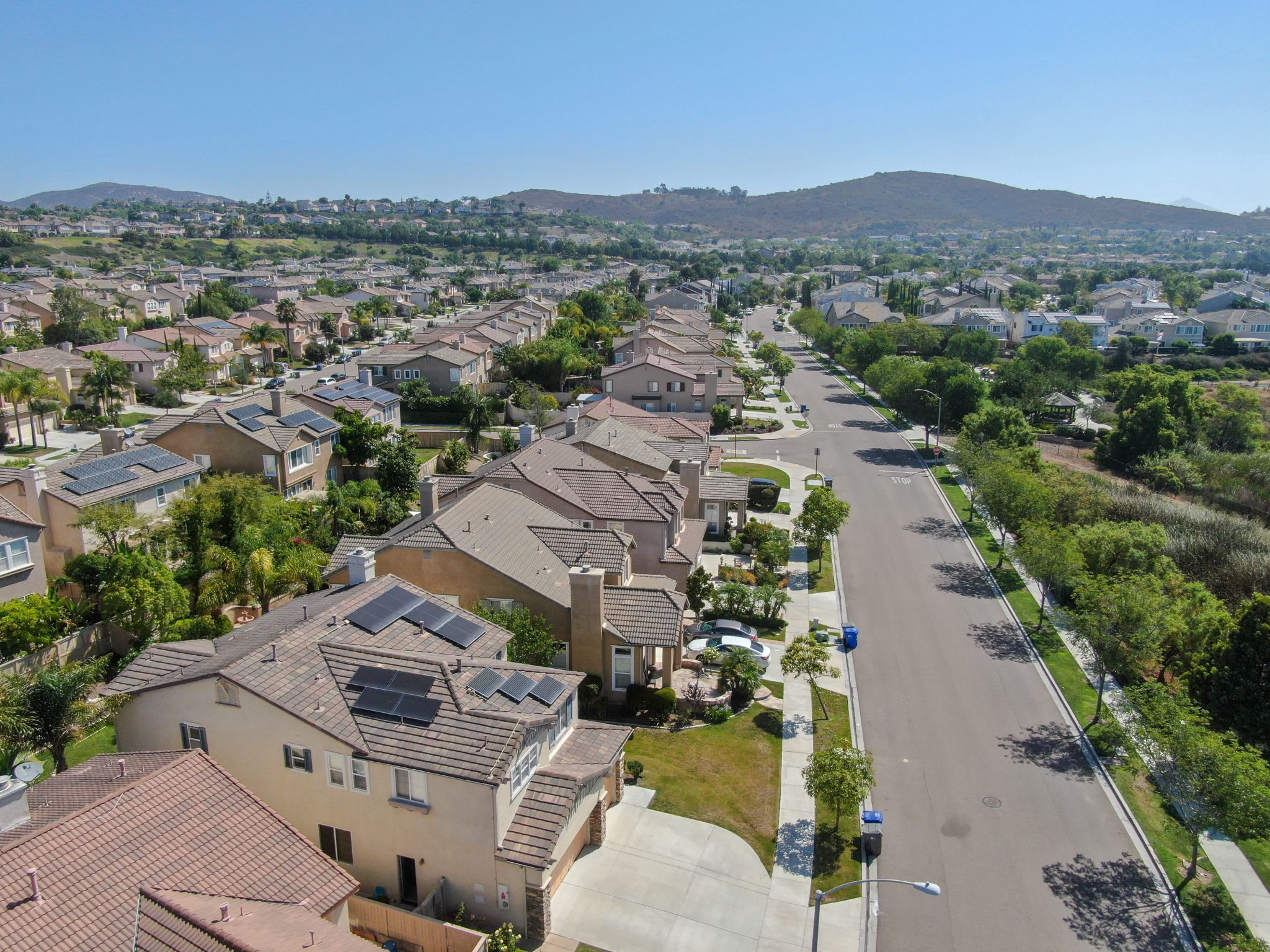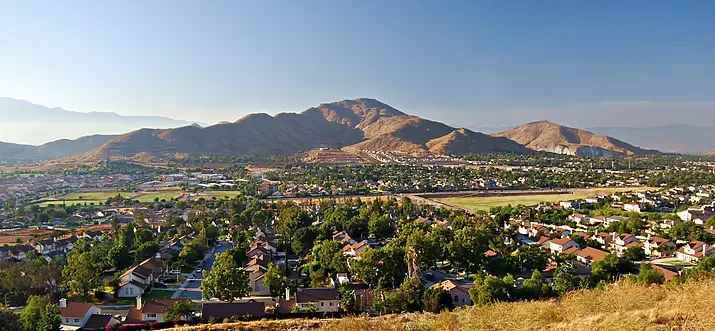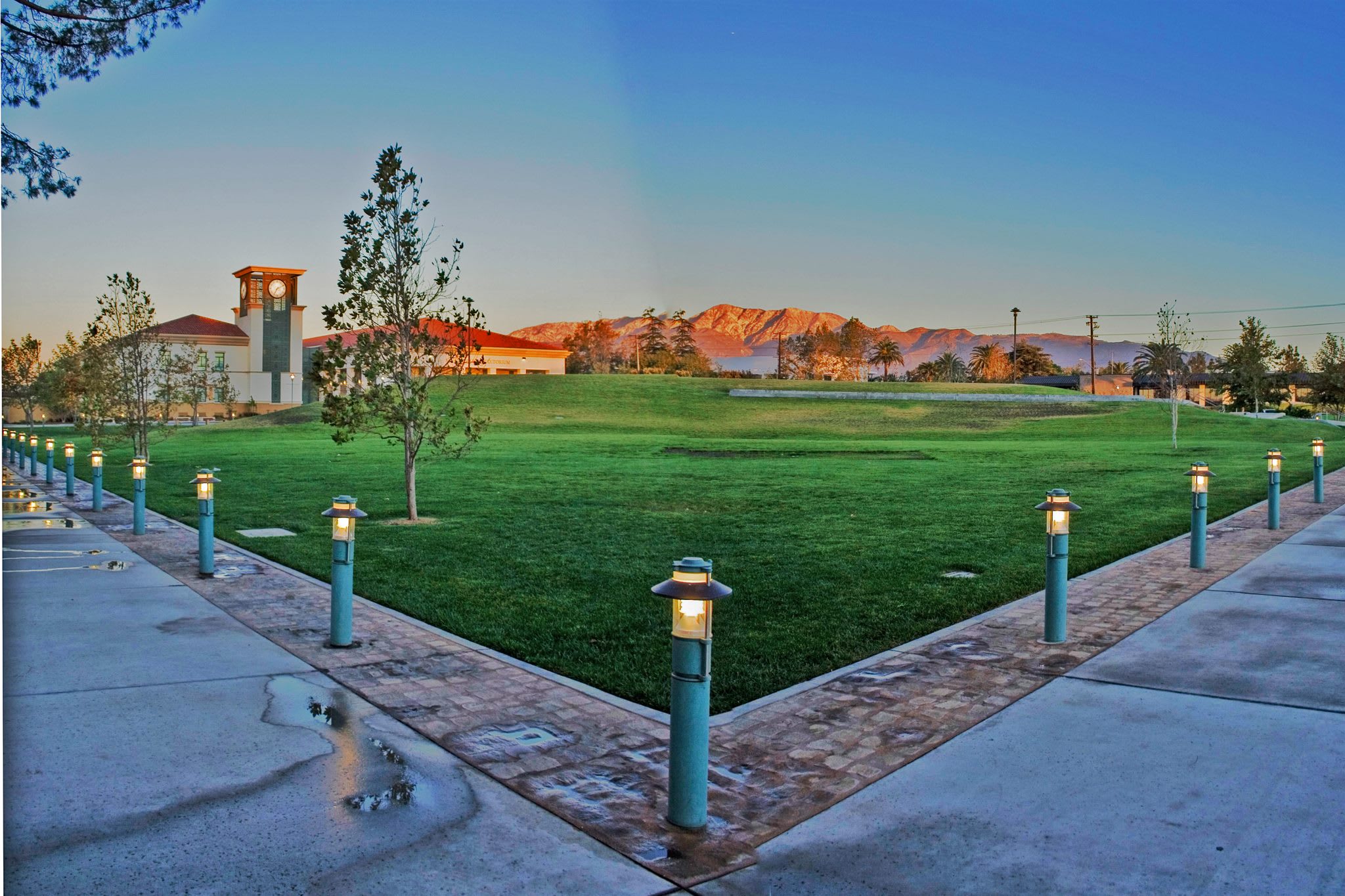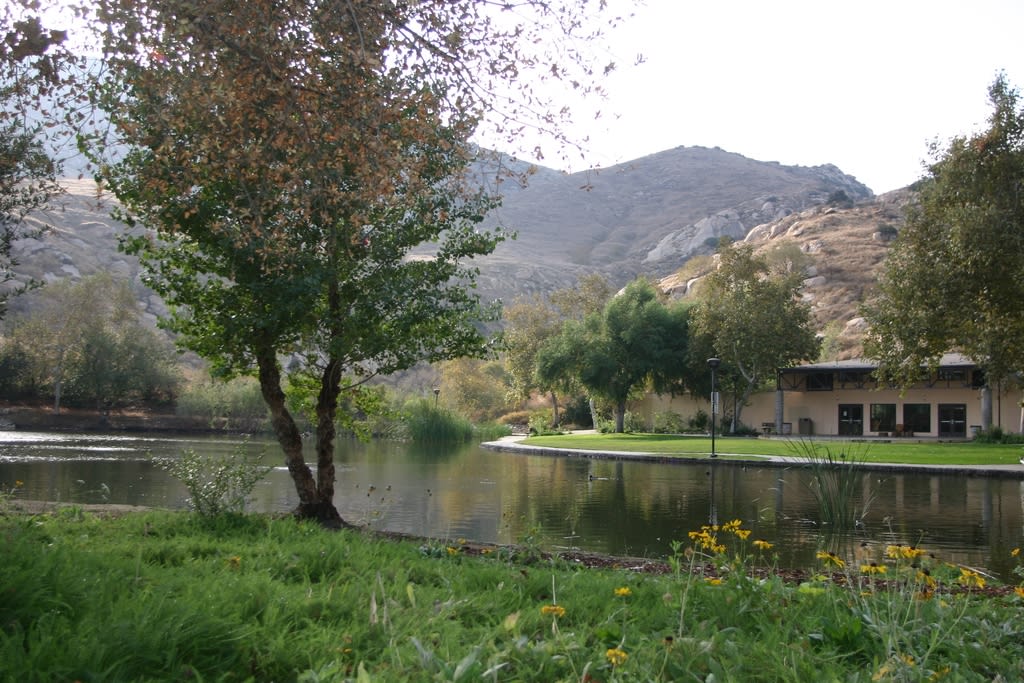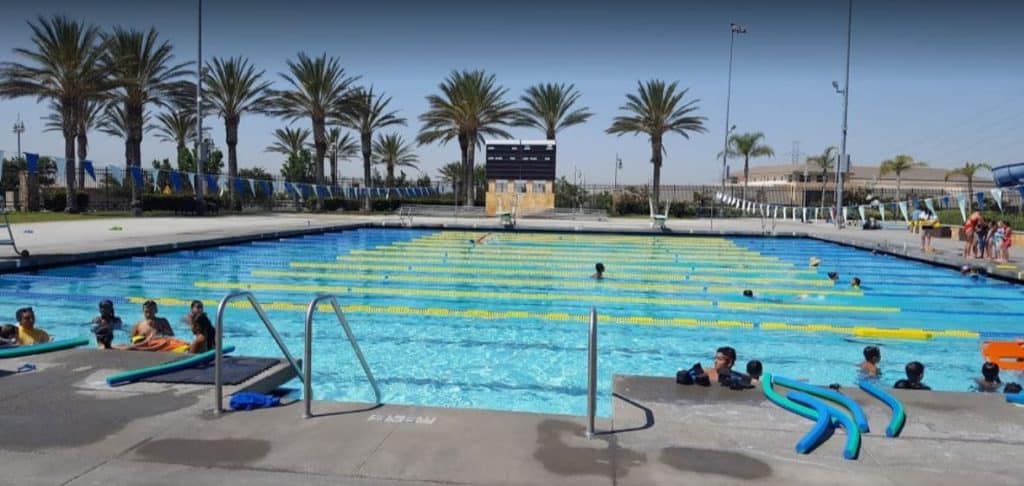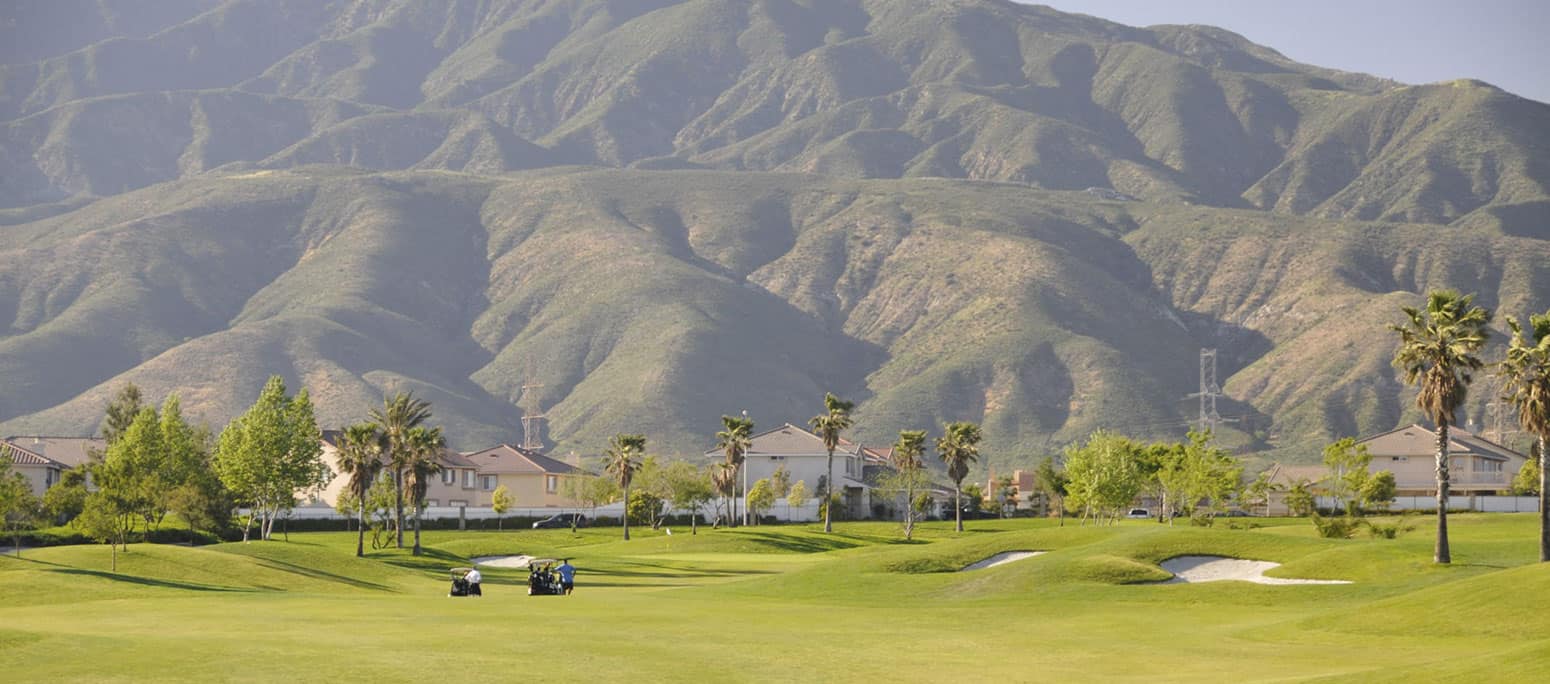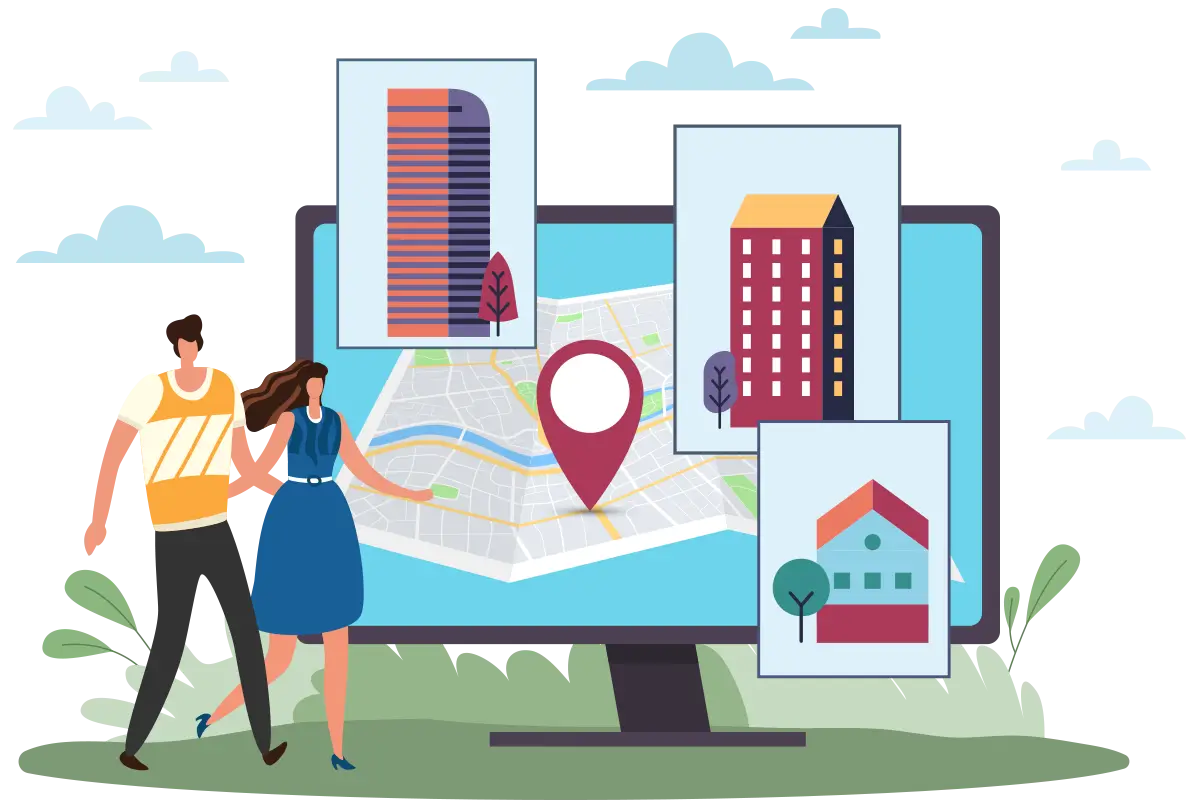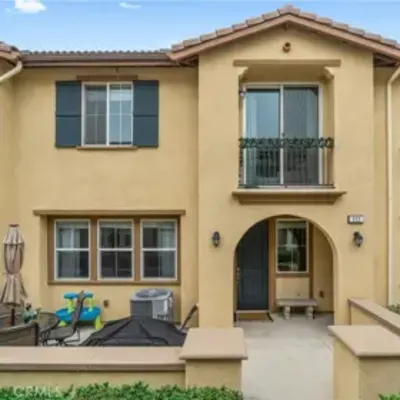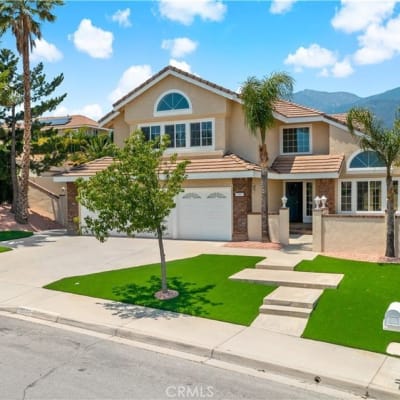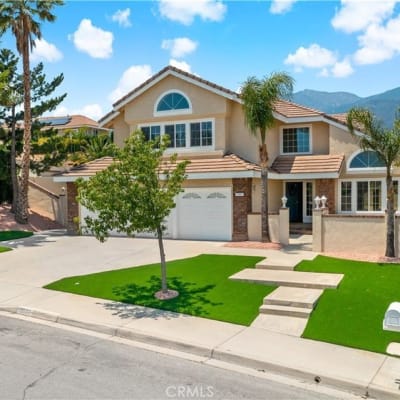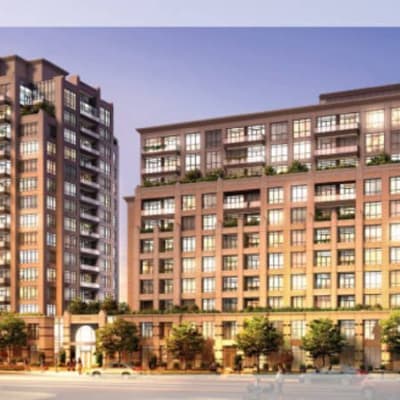Living in Fontana, California
Where Angels Get Their Wings
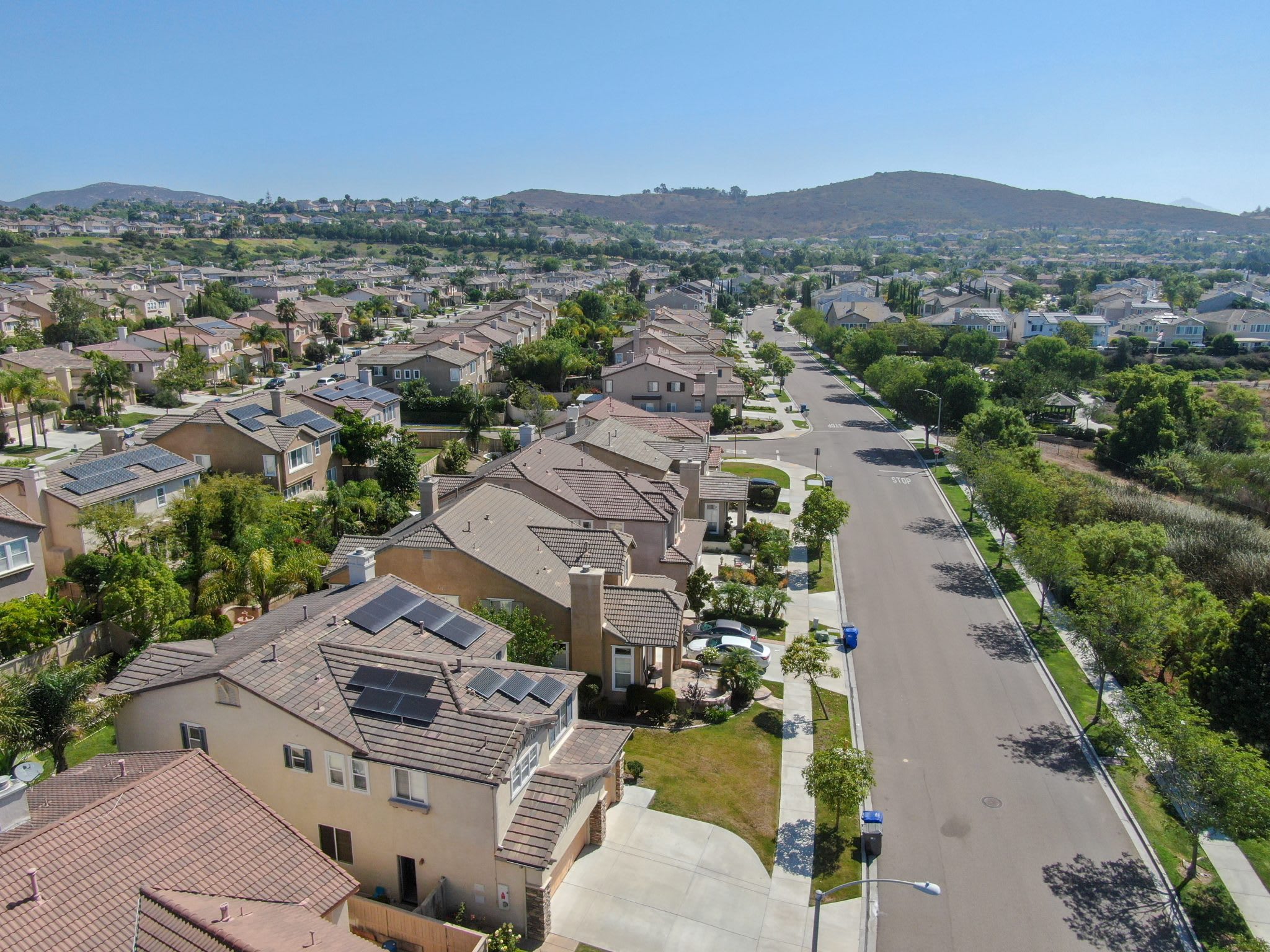
LookyLOO Review of Fontana
Housing Prices are Nice-ish
So much of California housing is out of range for middle-class and working-class families looking to buy (or rent, for that matter). Fontana, which is part of the Inland Empire region, has much lower prices than the regions north, south, and closer to the coast. Plenty of people have fled the coasts to the IE (Inland Empire), and Fontana in particular, to make homeownership a reality.
Your point of view about Fontana and crime and other issues will depend on where you've come from. If you move here from LA or San Francisco, then you will laugh at the idea that Fontana has a big issue with Crime and/or Homelessness. If, on the other hand, you move from some quiet little suburban burg, then sure, there are neighborhoods and areas of Fontana with homeless and typical urban crime. Needless to say, these are areas to be avoided. Generally, the north and west parts of the city are the safest, and the center/downtown areas are the least safe.
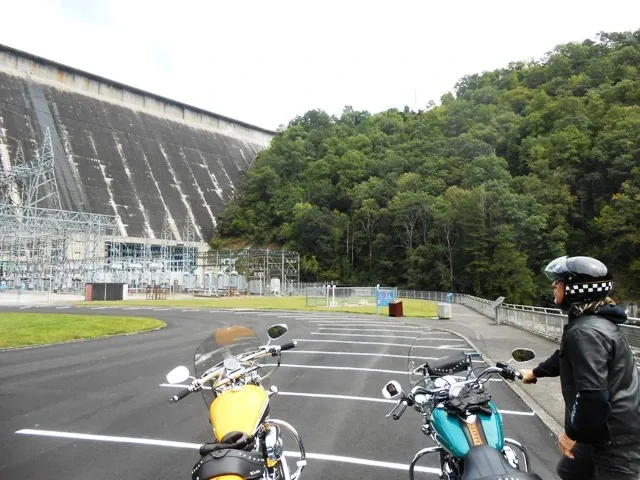
Lifestyle in Fontana
Fontana is a hardworking town with strong ties to the automobile, motorcycle, racing, and mobility cultures. NASCAR’s Auto Club Speedway is the premier attraction in Fontana, and it brings tens of thousands of fans and plenty of money into the city each year. While most of us won’t get to drive in NASCAR, the Allen Berg Racing School gives novices a shot at open-air car classes on the Speedway.
Fontana is also the birthplace of the Hells Angel’s Motorcycle Club, so you can imagine the cycling culture here. Additionally, the Fontana Car Show is a major ongoing event, taking place one Friday each month throughout spring and summer.
Finally, it is important to remember that Fontana is at the intersection of three freeways that lead to Las Vegas, Los Angeles, and San Diego. A stunning amount of traffic moves in and out of the city, and that culture of mobility permeates the city (and most of California). Overall, much of the lifestyle of Fontana involves taking advantage of the central location between these big cities and staying on the move among them.
If none of that floats your boat, there is plenty of Art happening here via the Art Depot, a Fontana institution that possesses a gallery, classes for all skills and ages, open studios, and constant events that bring in both the artists and the voyeurs. The city is also connected via the Pacific Electric Trail to cities to the west and east by a smooth bike trail that is used recreationally and for commuting between the cities. It is also located quite near three major ski resorts: Big Bear, Lake Arrowhead, and Mountain High, so in winter or summer, you can get your fill of the mountains.
If you want to see what happens in Fontana, check out the calendar of events.
We highly recommend visiting Fontana and staying in the community in a VRBO rather than a hotel to get a feel for living among the locals. You can also receive discounted travel fares via our partnership with Expedia.
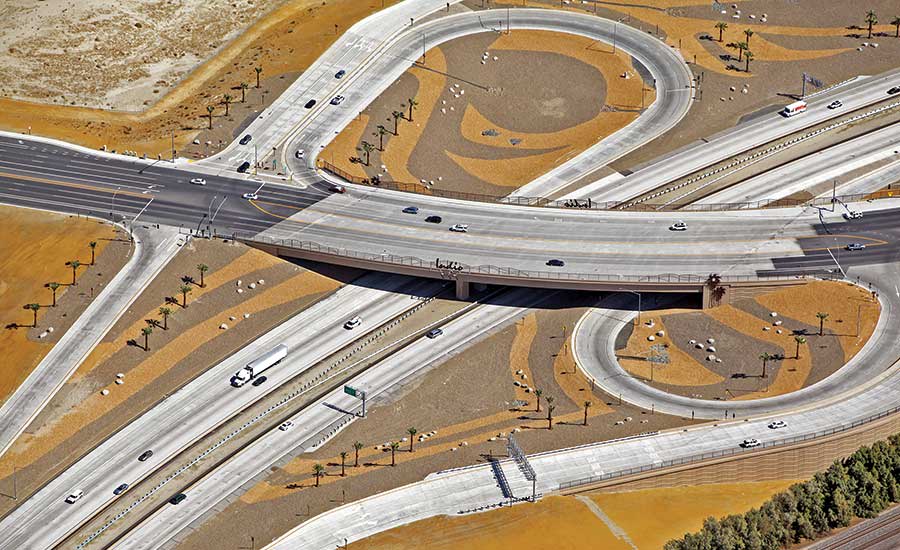
Worklife in Fontana
The fact that Fontana is at the intersection of three major freeways connecting Vegas, San Diego, Los Angeles, and the Central Valley means it is a heavily trafficked regional hub of the trucking industry, and this drives a chunk of the regional economy. It’s home to product distribution centers for several large national companies, including Toyota, Mercedes-Benz, Sears, Target, Avery Dennison, and Home Shopping Network. As with the lifestyle of Fontana, much of the work here centers on mobility and the fact it is a crossroads city.
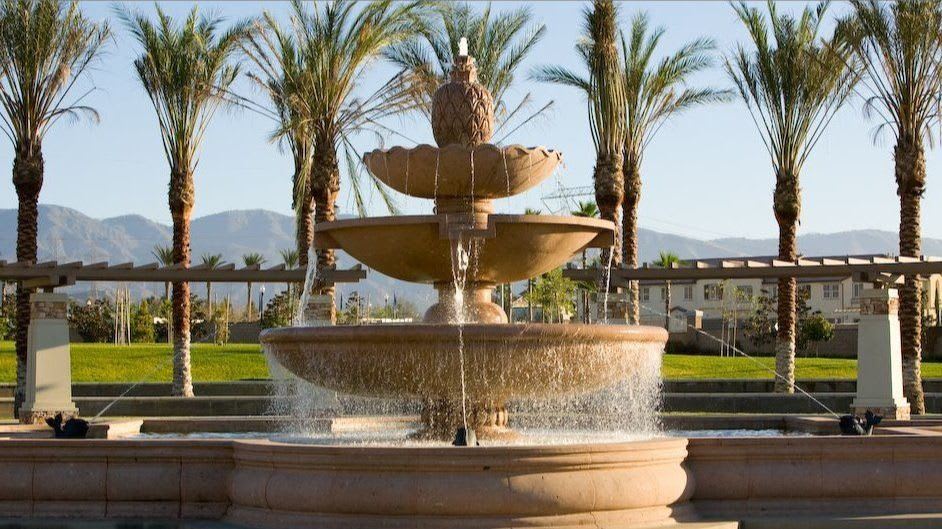
Why You Should Move Here Now?
Downsize Your Budget
Fontana generally draws people who are looking to downsize their budgets but remain in California. This includes young families who want to buy their first home, empty nesters looking to reduce the size of their home and have a convenient launching pad for frequent travel, and retirees looking to save some bucks but aren’t ready to go all the way to Arizona.
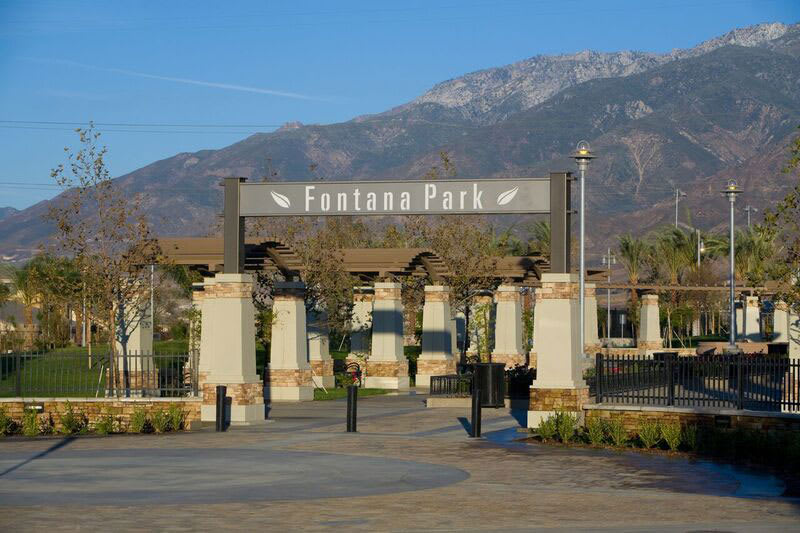
Reviews of Fontana from Locals
FULCAN_FALCON
1y ago
🦉🦉🦉
I currently live in North Fontana, we found a place in a heritage village. Nice area, with classic suburban homes. With some walking trails throughout. We're located just east of the 15 freeway and baseline. housing here will continue to grow because of people doing exactly what you're doing. We are cheaper than OC, but housing has significantly increased since we moved here in 2019. Winds are no joke though. We underestimated how windy it can be. But usually only in the fall.
For more reviews of what living in Fontana is like from locals, check out: The Reviews.
Want to give Fontana a shot?
Use our friends at VRBO and Expedia to help get you going!

Living in Fontana
Neighborhoods in Fontana
View All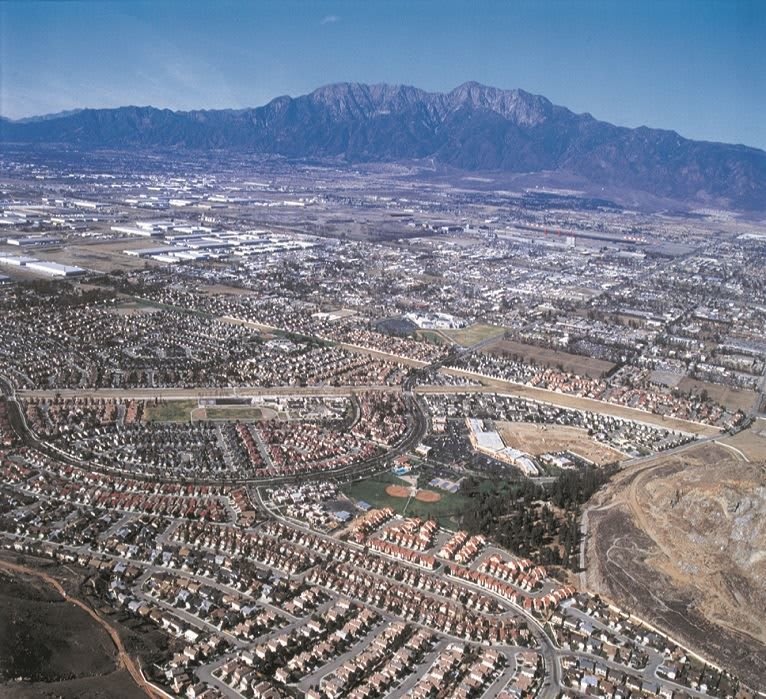
The Area
Fontana is part of San Bernardino county on the western side of the Inland Empire region. This is a massive stretch of land that is larger than ten states and stretches from just east of Los Angeles to the borders of Nevada and Arizona. It was originally much like its Central Valley neighbor to the north, dedicated to agriculture and filled with produce and dairy farms. Over the years however, agriculture declined in the face of rising populations and development, primarily driven by affordable housing opportunities east of the coast.
